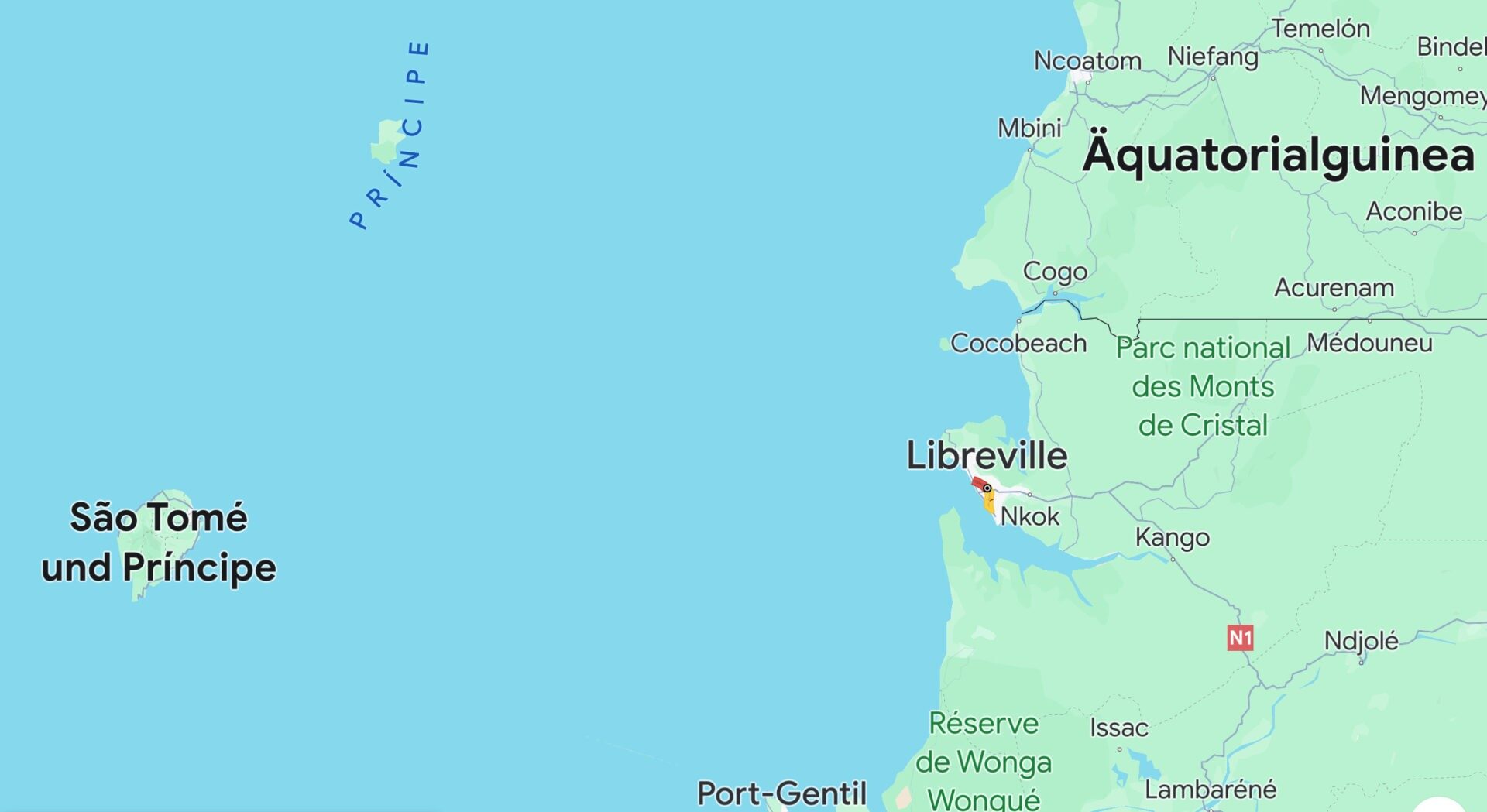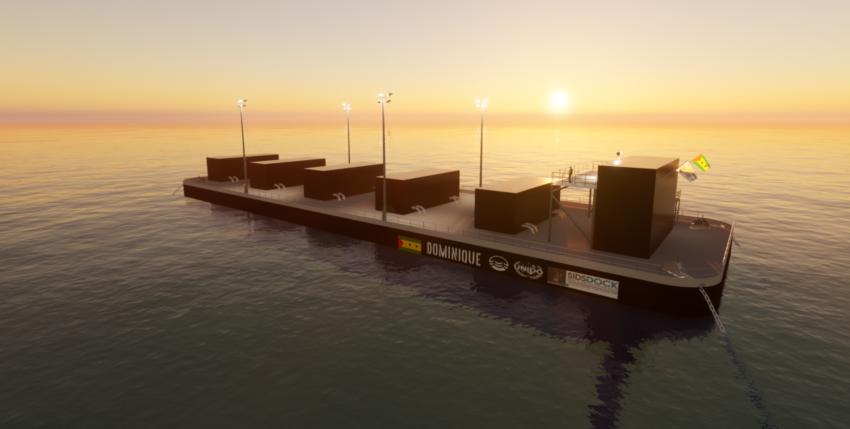Energy from seawater
Tropical oceans absorb 278 petawatts (1PW = 1000 terawatts) of solar energy every day. Just a fraction of this energy would be enough to cover the world's daily electricity needs.
The British company Global OTEC (Ocean Thermal Energy Conversion) wants to tap into this enormous source of energy and put a floating ocean thermal power plant into operation by 2025.
Concept
The OTEC principle is not really new. The first tests and experiments were carried out as early as 1981. OTEC works best in marine areas with high temperature differences. In the tropics, for example, the temperature of the surface water is 25 degrees or more, while it only reaches 4 degrees at a depth of 800 metres.
Functionality
Two water pipes with cold deep water and warm surface water connect a floating platform anchored to the seabed. A closed circuit uses the warm surface water to vaporise ammonia and the gas produced is used to drive a turbine to generate electricity. The ammonia is then liquefied again using the cold deep water.
Advantages
Compared to conventional renewable energies such as photovoltaics and wind power, this system works permanently. It generates a continuous flow of electricity that can be used to react quickly to voltage peaks in the grid. A large number of such systems could theoretically even help to reduce sea temperatures and thus slow down global warming.
Disadvantages
However, there are also some technical challenges to overcome. These include the threat to the platform from tropical storms, high material wear and tear due to aggressive salt water, but also the considerable energy consumption of the pumps required.
Economic efficiency
Historically, efficiency has therefore been a gamble, as the example of an OTEC built in Japan in 1981 shows. It required more energy to operate than it generated. However, current developments indicate that today's plants with an output of at least 100 megawatts could be economically viable, despite the high initial investment involved.

Planning
Global OTEC plans to build its first commercial project, the "Dominique" power plant with a capacity of 1.5 megawatts, around 200 kilometres off the West African coast and supply electricity to the island state of São Tomé and Príncipe from 2025.
Perspective
The future looks promising if this type of plant becomes efficient enough to generate affordable green energy. This would be a significant step towards sustainability, especially for the more than 600 million people living on tropical islands, who currently depend largely on fossil fuels for their electricity supply.
Source: FocusOnline










